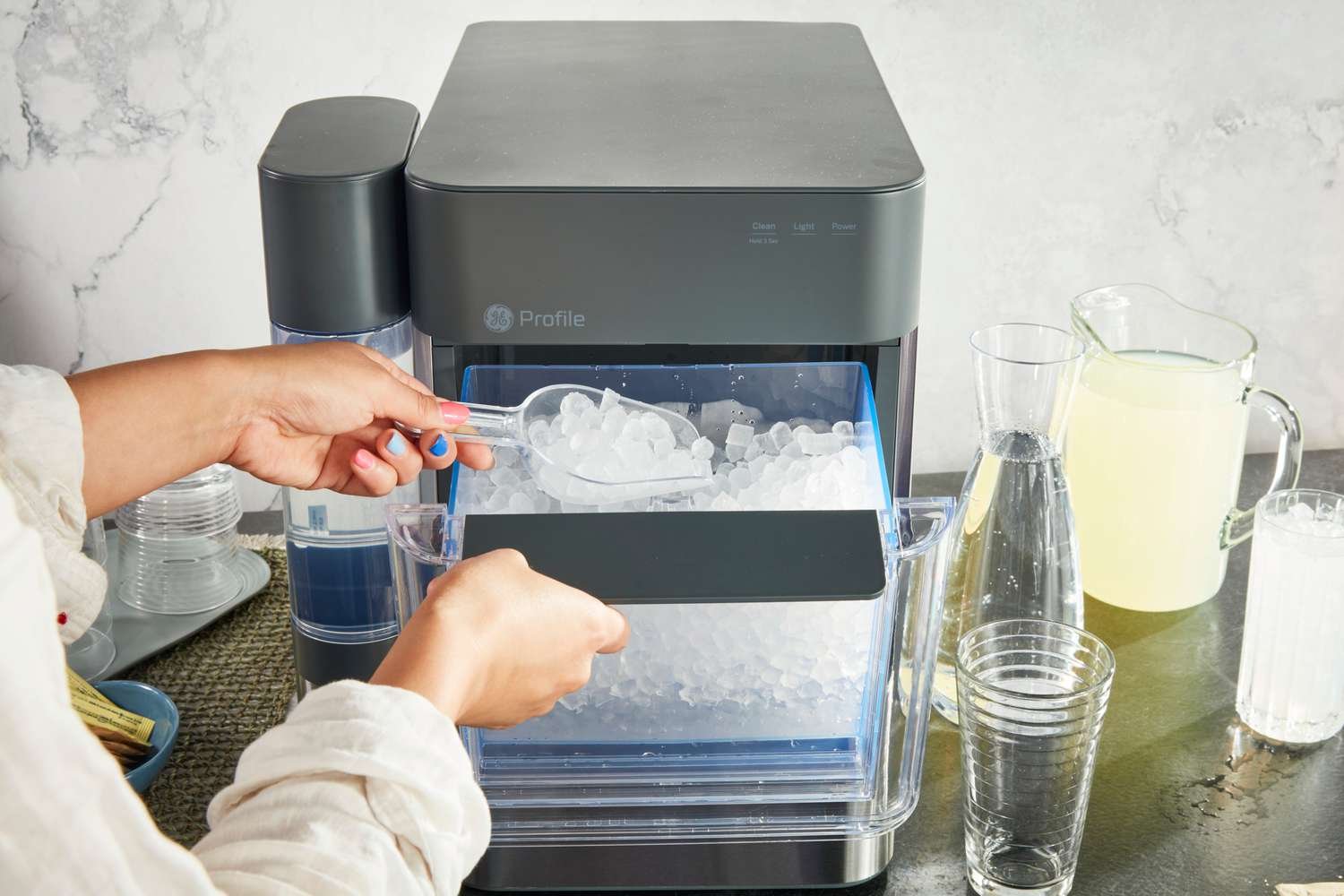Ice Machines in Australia – Complete Guide to Types, Installation & Maintenance

In hospitality, healthcare, and industrial sectors, a reliable supply of clean ice is essential. From busy cafes in Sydney to seafood markets in Perth and mining sites in Queensland, the right ice maker ensures consistent output, cost savings, and customer satisfaction.
In Australia, factors like high energy costs, varying water quality, and space constraints make careful selection even more important. Choosing well now can save thousands over your machine’s lifetime.
Types of Commercial Ice Makers
Different machines suit different industries. Selecting the wrong type can lead to wasted space, higher running costs, and poor ice quality.
- Cube Ice Machines
- Best for: Bars, restaurants, coffee shops
- Produces clear, slow-melting cubes ideal for cocktails and soft drinks.
- Available in full cube, half cube, and gourmet cube varieties.
- Nugget Ice Machines
- Best for: Healthcare facilities, smoothie bars
- Soft, chewable texture that’s easy on teeth.
- Perfect for patient hydration and blended beverages.
- Flake Ice Machines
- Best for: Seafood displays, fresh produce markets
- Moldable texture keeps food fresh without bruising.
- Excellent for attractive seafood presentation.
- Modular Ice Machines
- Best for: Hotels, large restaurants, event venues
- High production capacity; requires a separate storage bin.
- Ideal for producing hundreds of kilos daily.
- Self-Contained Units
- Best for: Small cafes, offices, retail spaces
- Compact, integrated storage; perfect for limited space.
Key Buying Considerations
Choosing an ice maker involves more than capacity. Think about installation location, water supply, and long-term running costs.
Ice Production Capacity
Match the machine’s daily output (in kg) to your busiest service periods. Oversizing wastes energy; under sizing risks customer dissatisfaction.
Space & Installation Requirements
- Maintain airflow clearance of 6–8 inches (15–20 cm) around the machine.
- Avoid cramming into corners or against walls — restricted ventilation reduces efficiency.
Water Quality
Mineral-rich water can cause lime scale buildup.
- Fit a water filtration system to protect the machine and improve ice clarity.
- Replace filters every 6 months.
Energy Efficiency
- Look for MEPS-compliant (Minimum Energy Performance Standards) models.
- Energy-efficient designs may cost more upfront but will reduce power bills significantly over time.
Choose the best from Drinking water solutions
Installation Tips for Peak Performance
Even the best machine can underperform if installed incorrectly.
- Location
- Keep ambient temperature under 32°C.
- Avoid direct sunlight or heat sources like ovens.
- Ventilation
- Maintain clearance for airflow.
- For under-counter machines, choose front-venting designs.
- Drainage & Water Supply
- Install close to a clean water source.
- Ensure correct drainage — gravity drains require a floor drain; pump-out models need periodic checks.
- Electrical Setup
- Confirm voltage requirements before buying.
- Use a dedicated outlet to prevent overload.
Maintenance & Longevity Best Practices
Prevent downtime and costly repairs by keeping your ice maker clean and well-maintained.
| Maintenance Task | Frequency | Purpose |
| Clean ice bin | Weekly | Prevent mould & bacteria |
| Sanitize machine | Monthly | Ensure food safety |
| Replace water filters | Every 6 months | Maintain taste & clarity |
| Deep clean condenser | Quarterly | Reduce energy consumption |
| Professional servicing | Annually | Extend lifespan |
Pro Tips:
- Never use sharp tools to remove ice — it can damage the bin.
- If unused for several days, empty and switch off the machine.
Real-World Examples
- Cafe in Sydney: Swapped from flake to cube ice, cutting energy costs by 20%.
- Seafood retailer in Perth: Installed a high-capacity flake machine with filtration — eliminated scale-related breakdowns.
- Hospital in Brisbane: Moved to nugget ice to improve patient hydration compliance.
FAQs
Q1: What’s the ideal airflow clearance for an ice machine?
6–8 inches around all sides to prevent overheating.
Q2: Cube vs flake ice — which is better?
Cube ice suits drinks; flake ice is best for displaying food.
Q3: How much power does an ice maker use?
Typically 4–7 kWh per 45 kg of ice.
Q4: How often should I clean my ice maker?
Sanitize monthly, deep clean quarterly, and change filters twice yearly.
Summary & Next Steps
Selecting the right commercial ice maker is about matching your business needs with the right type, installing it correctly, and maintaining it regularly. By investing in the right model and caring for it properly, you’ll enjoy years of trouble-free service, lower energy costs, and consistently high ice quality.
Need help finding the right machine? Contact Frost Water Coolers today for tailored recommendations and competitive prices.












